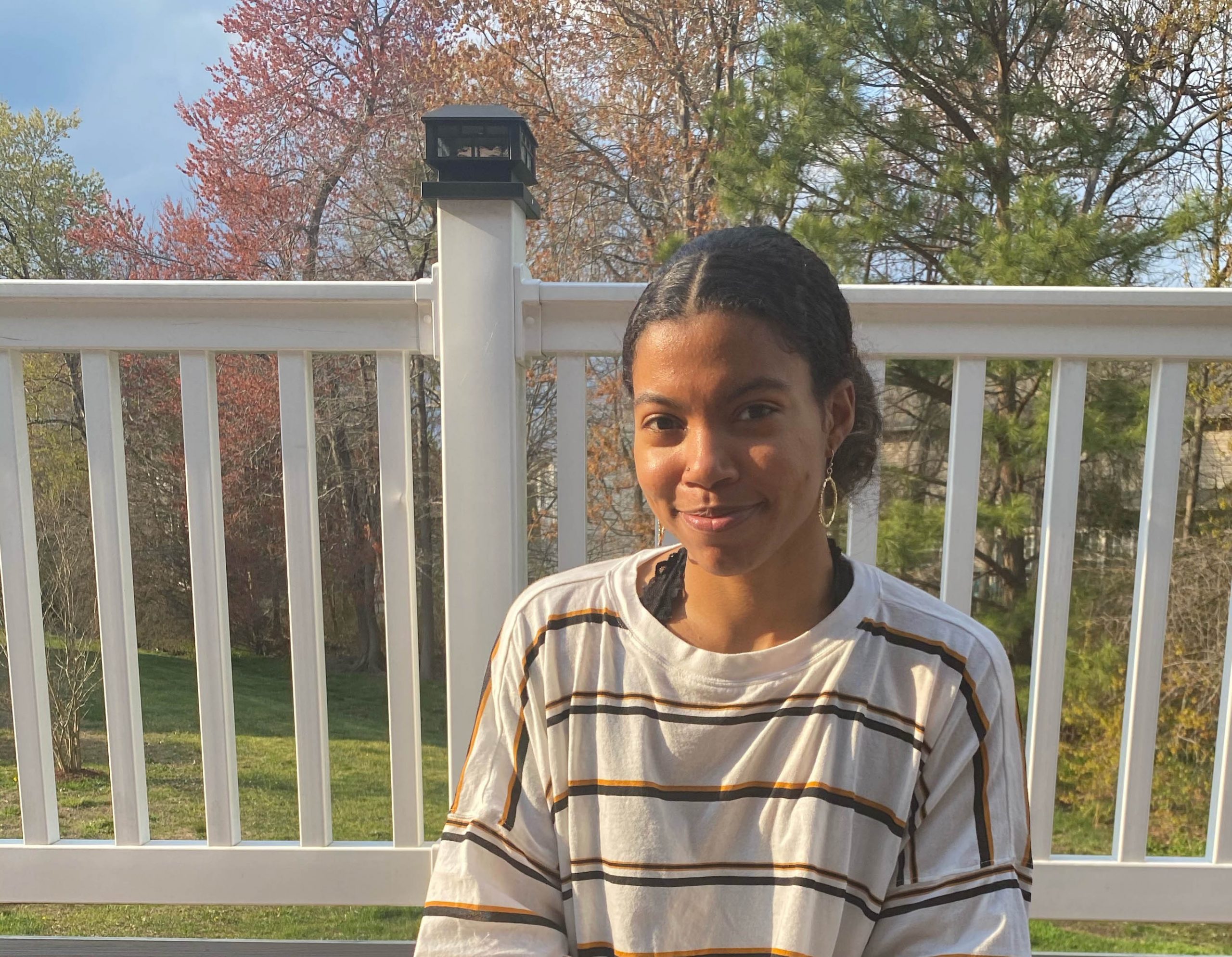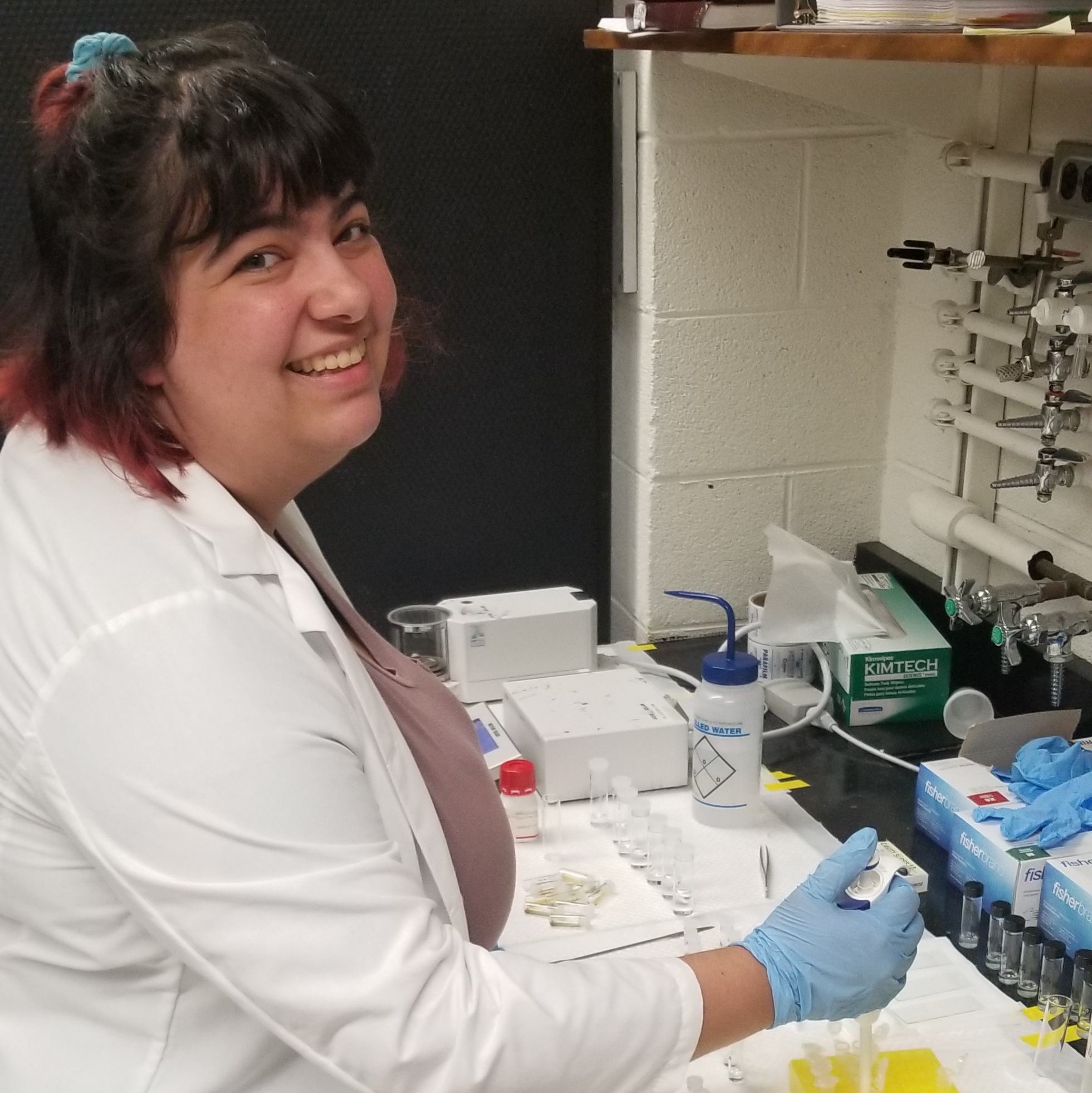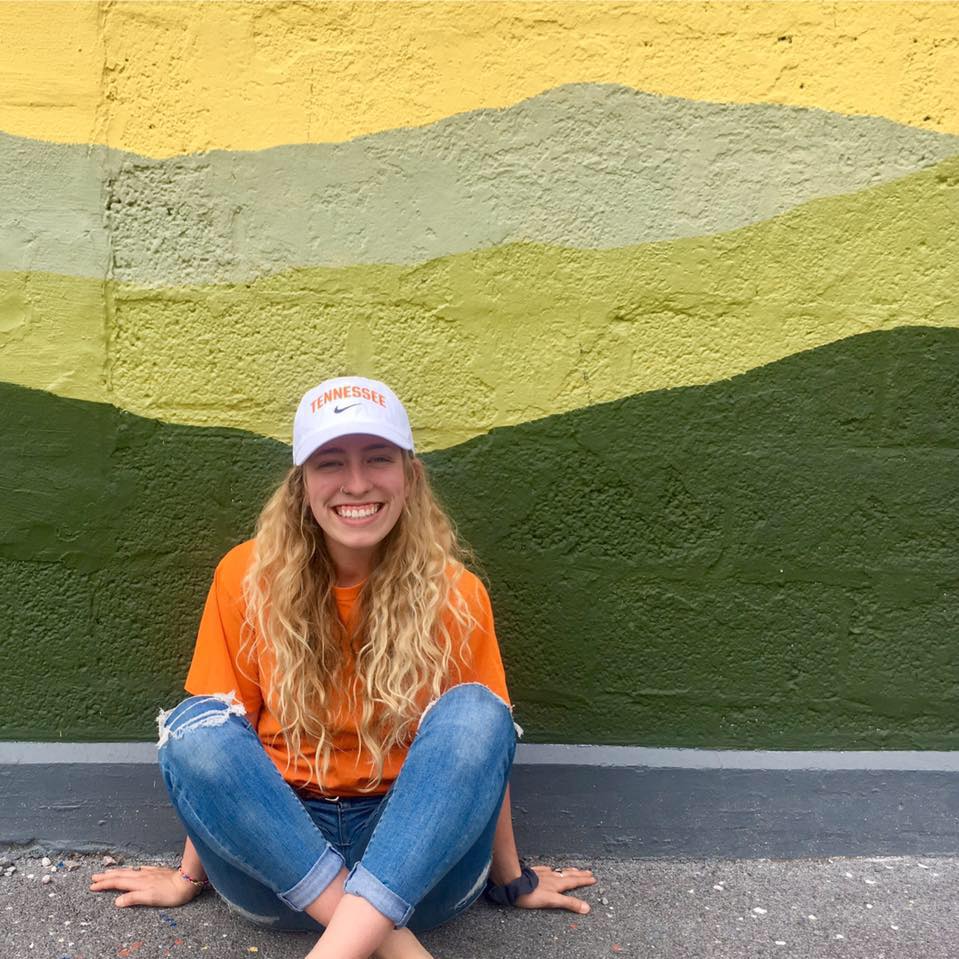Graduate Student Spotlights
Graduate students in our college choose from more than 50 programs when they join the UT community. We offer strong curricula and our faculty mentors provide supervision and opportunities for interdisciplinary collaboration across all areas of research and creative activity. As a result, graduates of our college are innovative citizen leaders who pursue path-breaking research and creative expression to enrich lives and seek solutions to society’s problems.
In this edition of Higher Ground, we feature five graduate students whose research and creative activities illustrate the breadth and depth of studies offered in the college.
 Artists and designers often explore the concept of space by creating something special and unique where people feel that they belong. Nuveen M. Barwari, graduate student in the School of Art, is using her work to create an entirely new space—one that allows her to connect her homeland and her host land.
Artists and designers often explore the concept of space by creating something special and unique where people feel that they belong. Nuveen M. Barwari, graduate student in the School of Art, is using her work to create an entirely new space—one that allows her to connect her homeland and her host land.
Born in Nashville, Barwari spent her youth growing up in both Middle Tennessee and Kurdistan, never really feeling like she completely belonged in either location. “I don’t entirely live in America, but I also don’t live in Kurdistan. So where do I live?” To answer this question, Barwari’s art creates a fictive space that connects Kurdistan and America, combining traits of each while never fully residing in either. Learn more about how Barwari makes collages out of rugs from the Kurdish community to create something new.
 Abigail DiMercurio, a doctoral student in the Department of Psychology and developmental psychologist, has based her research on the dynamic systems theory, which explains that skills such as walking and talking are a result of connections formed at many stages of development and involve multiple systems. Although different areas of the brain are responsible for movement, language and emotion, brain development builds on itself as connections eventually link with each other in more complex ways.
Abigail DiMercurio, a doctoral student in the Department of Psychology and developmental psychologist, has based her research on the dynamic systems theory, which explains that skills such as walking and talking are a result of connections formed at many stages of development and involve multiple systems. Although different areas of the brain are responsible for movement, language and emotion, brain development builds on itself as connections eventually link with each other in more complex ways.
“Typically, people might view infant development as fairly linear—infants crawl, walk, and then talk,” DiMercurio said. “However, early childhood development is much more complicated and dynamic. Development in one area, such as physical and motor skills can have a direct impact on a seemingly unrelated area of development, such as language skills.” Learn about DiMercurio’s work to discover how exploring the physical environment relates to word learning.
 Tatianna Griffin, a master’s student in the Department of Anthropology, is working to aid in the recovery and restoration of Citizens Cemetery – the final resting place of an estimated 5,000-6,000 African American freedmen and slaves, with burials dating back to the 1830s, which has been suffering decades of neglect. Her work seeks to not only be a catalyst for restoration of the space, but also to gain a greater understanding of the need for care of Black sacred cultural spaces within the community.
Tatianna Griffin, a master’s student in the Department of Anthropology, is working to aid in the recovery and restoration of Citizens Cemetery – the final resting place of an estimated 5,000-6,000 African American freedmen and slaves, with burials dating back to the 1830s, which has been suffering decades of neglect. Her work seeks to not only be a catalyst for restoration of the space, but also to gain a greater understanding of the need for care of Black sacred cultural spaces within the community.
“The neglect this space has suffered at the hands of systems of power is heart-wrenching. When I saw sunken graves, destroyed headstones, and vandalized and desecrated graves, I knew that I needed to do something,” Griffin said. Read more about her work with the local community.
 Grace Sarabia, a doctoral candidate in the Department of Chemistry, is searching for chemicals that indicate a presence of life on Mars. In 1996, NASA administrators made a historic announcement: proof that life had existed on Mars at some point in its history. Although most scientists now agree that the Martian rock presented in 1996 does not prove the existence of life on Mars, it could possibly point in that direction.
Grace Sarabia, a doctoral candidate in the Department of Chemistry, is searching for chemicals that indicate a presence of life on Mars. In 1996, NASA administrators made a historic announcement: proof that life had existed on Mars at some point in its history. Although most scientists now agree that the Martian rock presented in 1996 does not prove the existence of life on Mars, it could possibly point in that direction.
The Mars 2020 Perseverance Rover, which landed on Mars earlier this year, is testing technologies that could be used to identify potentially habitable extraterrestrial environments. Read more about Sarabia’s research into biosignatures that could provide insight into whether life has existed in the past and the potential for supporting it in the future.
 Maryrose Weatherton is a doctoral student in the Department of Ecology and Evolutionary Biology (EEB), but the focus of her work is on how education practices and policies within this field can be improved. She is especially interested in examining the variety of resources that students use to achieve success within their programs. While most EEB graduate students are studying how plants and animals maximize available food, water, and shelter to survive in the wild, she is using a novel approach to examine how those graduate students use resources such as mentorship, academic coaching, and study groups to thrive in a higher education ecosystem.
Maryrose Weatherton is a doctoral student in the Department of Ecology and Evolutionary Biology (EEB), but the focus of her work is on how education practices and policies within this field can be improved. She is especially interested in examining the variety of resources that students use to achieve success within their programs. While most EEB graduate students are studying how plants and animals maximize available food, water, and shelter to survive in the wild, she is using a novel approach to examine how those graduate students use resources such as mentorship, academic coaching, and study groups to thrive in a higher education ecosystem.
“We know that within STEM fields, there are significant gaps in the academic achievement and persistence between majority and minoritized students. These academic gaps can have large impacts on equity nationally, in terms of degree attainment, earned wealth, and social well-being,” Weatherton said. Read about her goals to expand the definition of success and increase education equity between majority and minoritized students.
Special thanks to Jen Roder, communications specialists in the Office of Research, Innovation, and Economic Development, author of the graduate student spotlight series, which showcases scholarship and creative activity from graduate students in UT’s 11 colleges.






